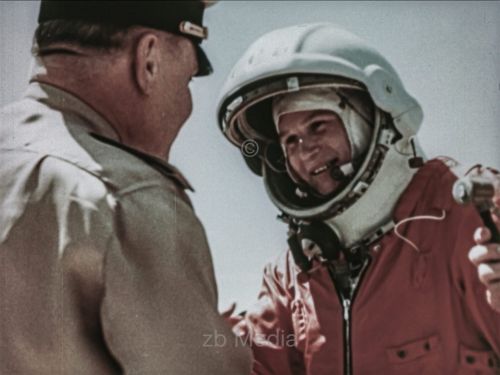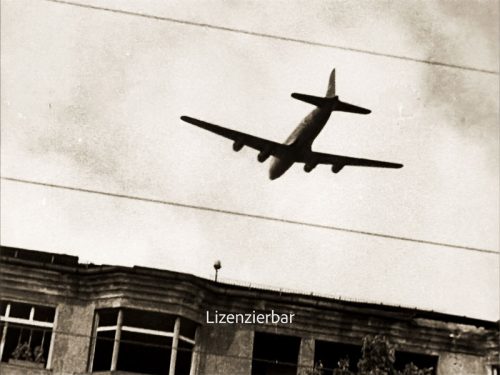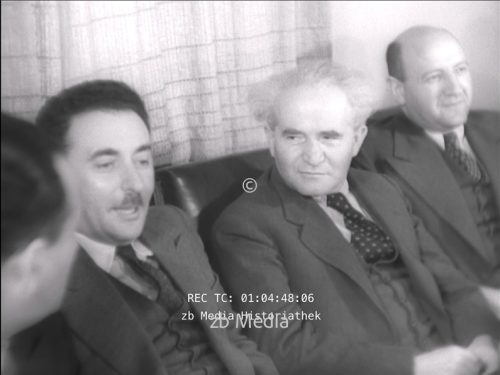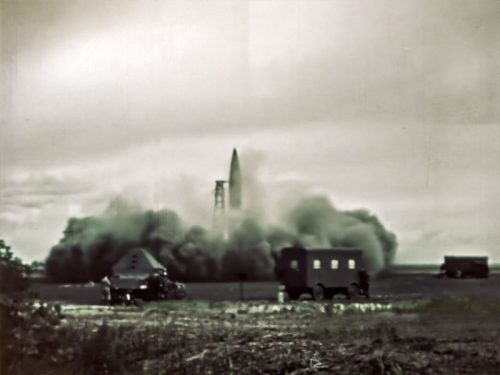Historical context
Vostok 6 was the last mission of the Soviet Vostok programme, which aimed to send humans into space. It was launched from the Baikonur Cosmodrome on 16 June 1963 and brought on board cosmonaut Valentina Tereshkova, the first woman to fly into space. Valentina Tereshkova was the first woman in space. Valentina Tereshkova’s flight was a significant milestone in the history of space exploration and marked the Soviet Union’s progress in the space race. The mission was carried out in tandem with Vostok 5 under pilot Valery Bykovsky, marking the first time that two manned spacecraft were in orbit at the same time. The objectives of the mission included conducting biomedical experiments and observing the effects of space travel on the female body. Further demonstration of the feasibility of a longer manned space flight. Conducting joint operations with Vostok 5, which was in orbit at the same time, to demonstrate the ability to coordinate between two spacecraft.
Important details about Vostok 6:
Launch date: 16 June 1963
Cosmonaut: Valentina Tereshkova
Launch site: Baikonur Cosmodrome, Kazakhstan
Rocket: Vostok-K
Mission duration: Approximately 3 days
Orbital period: 48 orbits around the Earth
Technical details:
Spacecraft: Vostok 3KA-3 (Vostok 6)
Launch vehicle: Vostok-K, a variant of the R-7 Semyorka rocket.
Landing: 19 June 1963, in the Karaganda region of Kazakhstan. Tereshkova ejected herself from the capsule and parachuted out, as was customary for Vostok missions.
Valentina Tereshkova’s historic flight represents a milestone in space exploration and symbolises not only a technological achievement, but also an important step towards gender equality in the field of space travel.





